
All categories
Featured selections
Trade Assurance
Buyer Central
Help Center
Get the app
Become a supplier

(1512 products available)















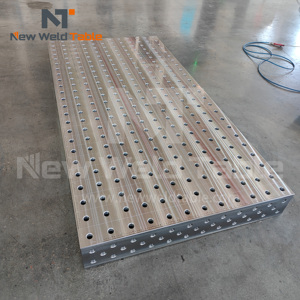
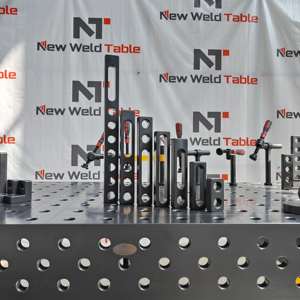
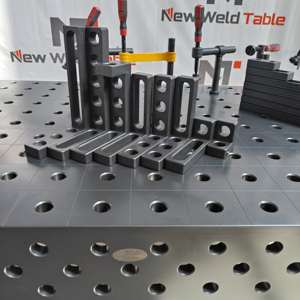


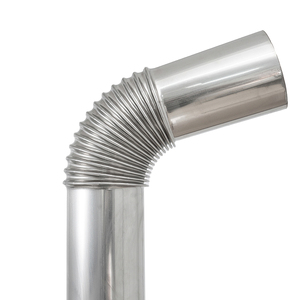



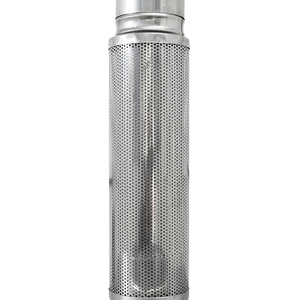




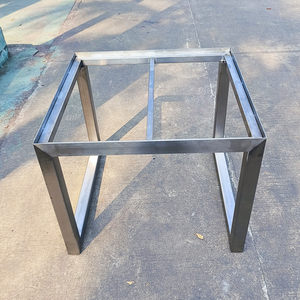







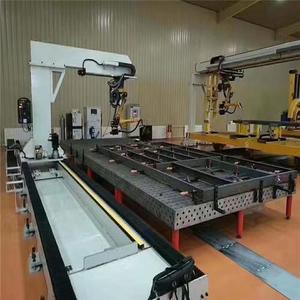
Fabrication tables for welding come in a diversity of types. Each type caters to distinct requirements. Here is a compilation of the most frequently employed ones.
Flat tables stand out for their level and unblemished surface. They provide a neutral platform for precise welding and assembly work. Many industries prefer them for their adaptability. They are suitable for handling a wide spectrum of materials and projects. These tables are often constructed from durable steel or aluminum.
A major benefit of modular welding fabrication tables is their flexibility. These tables possess interchangeable components. Thus, they enable users to adjust the table's configuration to suit specific project needs. This adaptability makes modular tables ideal for businesses with diversified or changing project requirements.
In slotted tables, the surface incorporates a system of slots and grooves. Users employ this design to allow for precise positioning and clamping of workpieces. The slotted pattern enhances the table's versatility. This feature enables easy adjustments for various projects. Users in fast-paced environments favor slotted tables for their effectiveness.
On insulation fabrication tables, the surfaces can be either stainless steel or coated steel, and users frequently use them in industries where contamination must be avoided.
Heavy-duty tables are purposefully designed to withstand high heat and heavy loads. That is why users prefer these tables in demanding industrial settings. The sturdy construction usually comprises thick steel plating, which makes these tables suitable for large workpieces or intense welding activities.
A fabrication table is not just a piece of equipment; it serves many functions. Users employ these tables across a wide array of industries. Here are the most popular commercial applications.
The automotive sector widely uses welding fabrication tables for assembling frames, chassis, and other components. These tables ensure that parts are precisely aligned during the welding process. Thus, they contribute to the overall integrity and safety of vehicles. Moreover, the automotive industry frequently employs custom-built tables to align with specific production demands.
In aerospace, the fabrication tables must guarantee utmost precision and safety standards. These tables support the assembly of aircraft structures and components. Their hallmark is their capability to manage lightweight, high-strength materials such as titanium and aluminum. That is why aerospace companies favor quick clamping and adjustment.
In the realm of heavy machinery, fabrication tables undergo use for welding large components such as frames and gear systems. Users prefer heavy-duty tables because these tables can withstand massive loads and extreme heat. These tables are suitable for this purpose. Moreover, companies in this space demand increased durability and extra thickness in their tables.
In shipbuilding, welding plays a vital role in constructing hulls and other structural components. This is why shipbuilders use fabrication tables to ensure large workpieces remain stable during welding. Tables with slotted surfaces for easy clamping are ideal for managing irregular shapes. This is particularly true for complex marine structures. Fabrication tables also have corrosion-resistant coatings to withstand the marine environment.
The manufacturing sector employs fabrication tables extensively in producing various metal structures. Users aim for high-volume efficiency, so they look for tables that enable quick changes and easy maintenance. Users in this space also prioritize flatness and rigidity because they improve precision and reduce downtime.
The functionality and reliability of fabrication tables rely on their many features. By understanding such features, people can select models that suit their performance needs. Here are the critical features of these tables.
Fabrication tables are built to resist extreme temperatures and sparks. This is why many tables come with hard-wearing steel or stainless steel surfaces. Stainless steel tables are ideal for users seeking corrosion resistance. Meanwhile, users looking for cost savings normally go for regular steel. They also include protective coatings to enhance longevity further.
This feature indicates how much weight a fabrication table can support. Users typically select it based on the workpiece sizes they normally handle. Tables with a higher load capacity are more suitable for large or heavy components. These tables also offer greater stability during the welding process.
A fabrication table’s flatness is vital for establishing a level surface. This feature directly affects the precision of the welding and assembling processes. A fabrication table with superior flatness guarantees that workpieces are aligned evenly. Thus, eliminating the risk of misalignment. This is particularly important in industries where even minor deviations can cause significant issues.
Many users desire fabrication tables with easily customizable features. These users normally have diverse project requirements. Tables with adjustable heights, slot patterns, and accessories allow quick modifications to meet these needs. Companies in dynamic industries normally prioritize these tables. Such industries will often experience constant changes in production demands.
Users can find fabrication tables with wheels. This feature allows easy movement across work areas. It is particularly useful in facilities that require frequent reconfigurations or table relocations. Mobility does not usually compromise stability. Most mobile tables have locking mechanisms to ensure the table remains stationary during use.
Selecting the perfect welding fabrication table is not easy. Business owners must prioritize several factors to do so. Here are these factors.
MaterialsWhat material should a welding table for sale have? The answer depends on the customers' unique needs. Users looking for a corrosion-resistant option will prefer stainless steel tables. Those wanting a cost-effective solution will go for carbon steel. No matter the material, it should withstand the extreme temperatures welding produces.
The ideal size of the table will depend on the workpieces and projects customers will handle. A large workpiece will require a table with a spacious surface. Moreover, this table should also have enough room for the customers' additional components. If the customers tend to move their tables about, mobility will be more crucial than size. That is why a compact table with wheels would be ideal in such a situation.
As mentioned earlier, flatness is vital for a welding table. It ensures that no misalignments occur during the process. When selecting a table, business owners should ask the manufacturers about their flatness tolerances. Also, they should measure the table's flatness before using it. This will make sure the table has the required flatness level.
Customization increases the functionality of fabrication tables. That is why it is a must for businesses to look for tables with adjustability features. For instance, tables with custom slot patterns will be a great choice for customers with unique welding requirements. Meanwhile, custom heights will benefit customers in different industries. These industries require distinct precision levels.
A fabrication table's load capacity directly correlates with the projects' requirements. So, it is critical for businesses to consider both the workpiece and equipment weights. A high-load-capacity table is ideal for intense welding activities. Meanwhile, a low-load-capacity table will suffice for small welding jobs. Moreover, load capacity also affects the table surface. The more the capacity, the wider the surface will be.
It depends on the table's material. For instance, stainless steel welding tables can easily withstand outdoor conditions. That is due to their weatherproof nature. Unfortunately, wood and carbon steel fabrication tables do not have this property. Carbon steel can easily rust due to moisture exposure. Meanwhile, wood can easily warp due to the stringent weather elements.
Yes, tables with robust construction normally include the feature. These tables come with reinforcements underneath the surface. Business owners should also prioritize this feature. After all, it improves the table's load capacity and even distributes weight. So, this feature also minimizes deflection and reduces stress in high-usage areas.
Yes, there are portable options. These options come with wheels for effortless movement. They allow users to relocate the table to different work areas without stress. However, businesses should also consider tables with locking wheels. These wheels guarantee stability when the table is in use.
Not necessarily. While thickness does improve durability, it is not the only feature that determines the table's efficiency. Other features like materials and surface designs also contribute to the table's performance. So, a thicker tabletop will not benefit customers using lightweight components. Instead, they will be better off with a standard tabletop thickness.